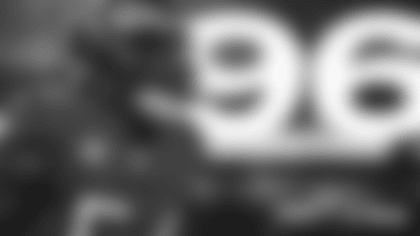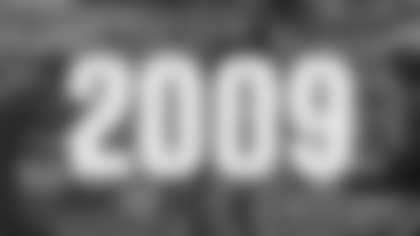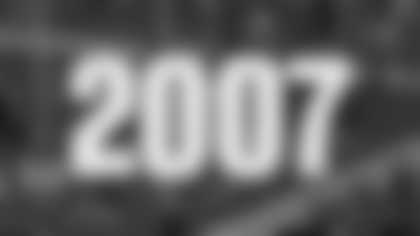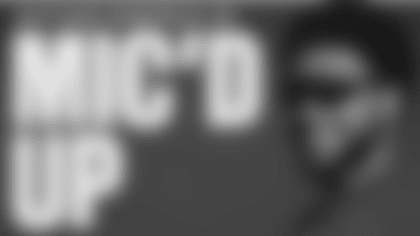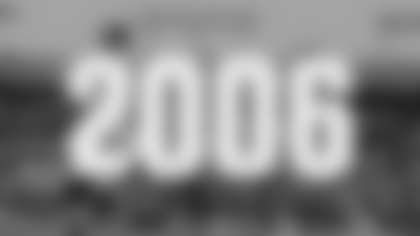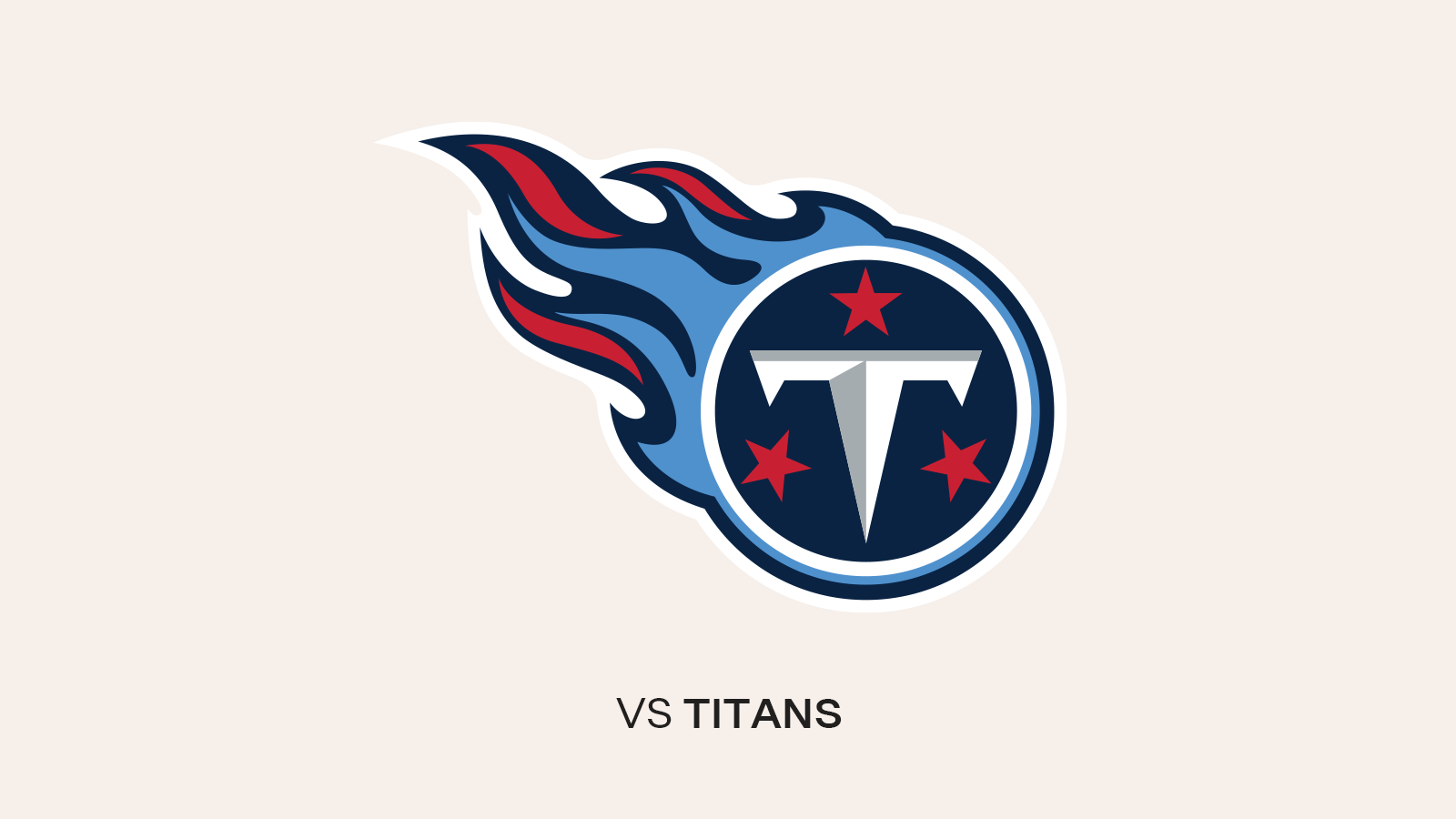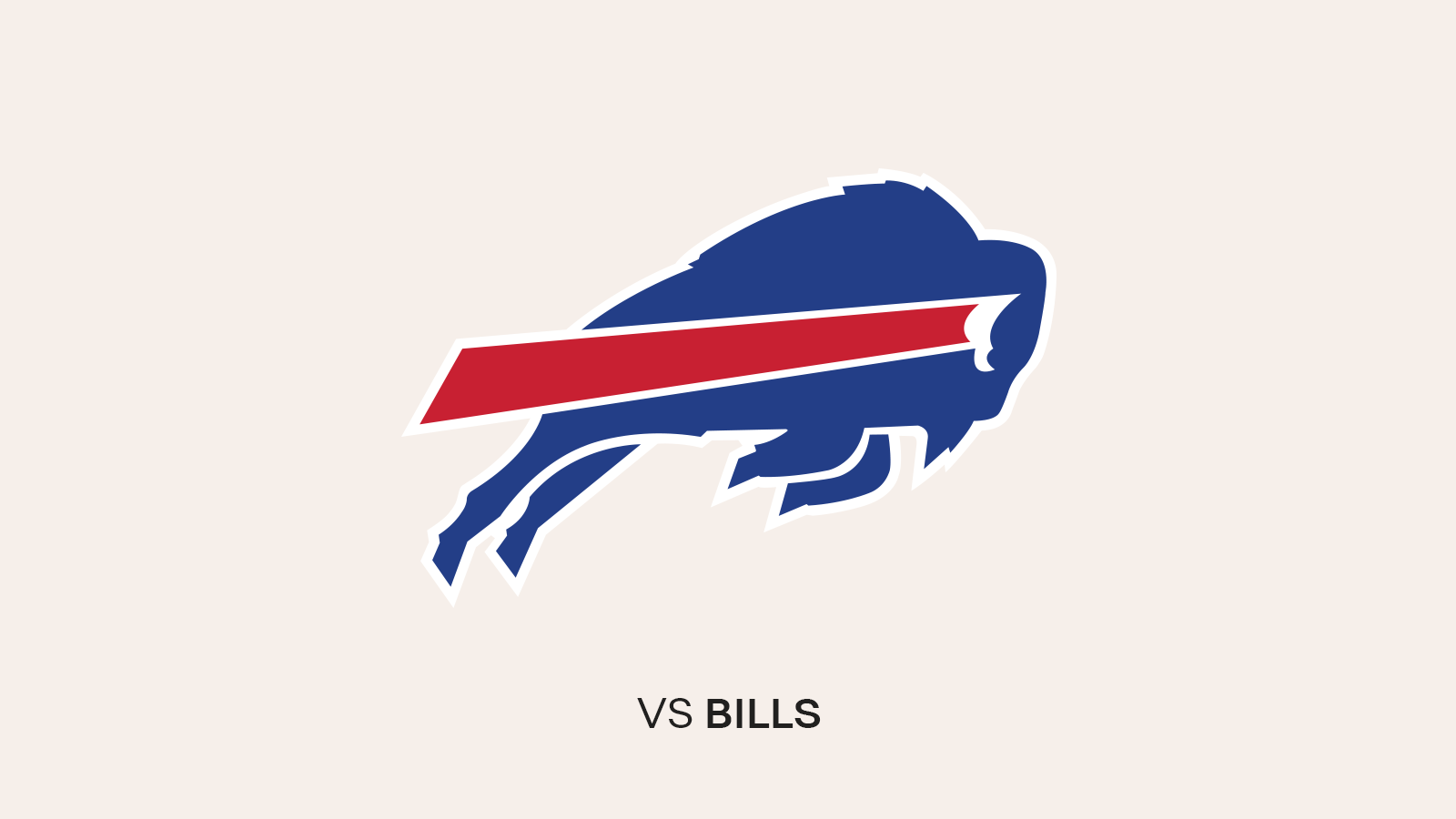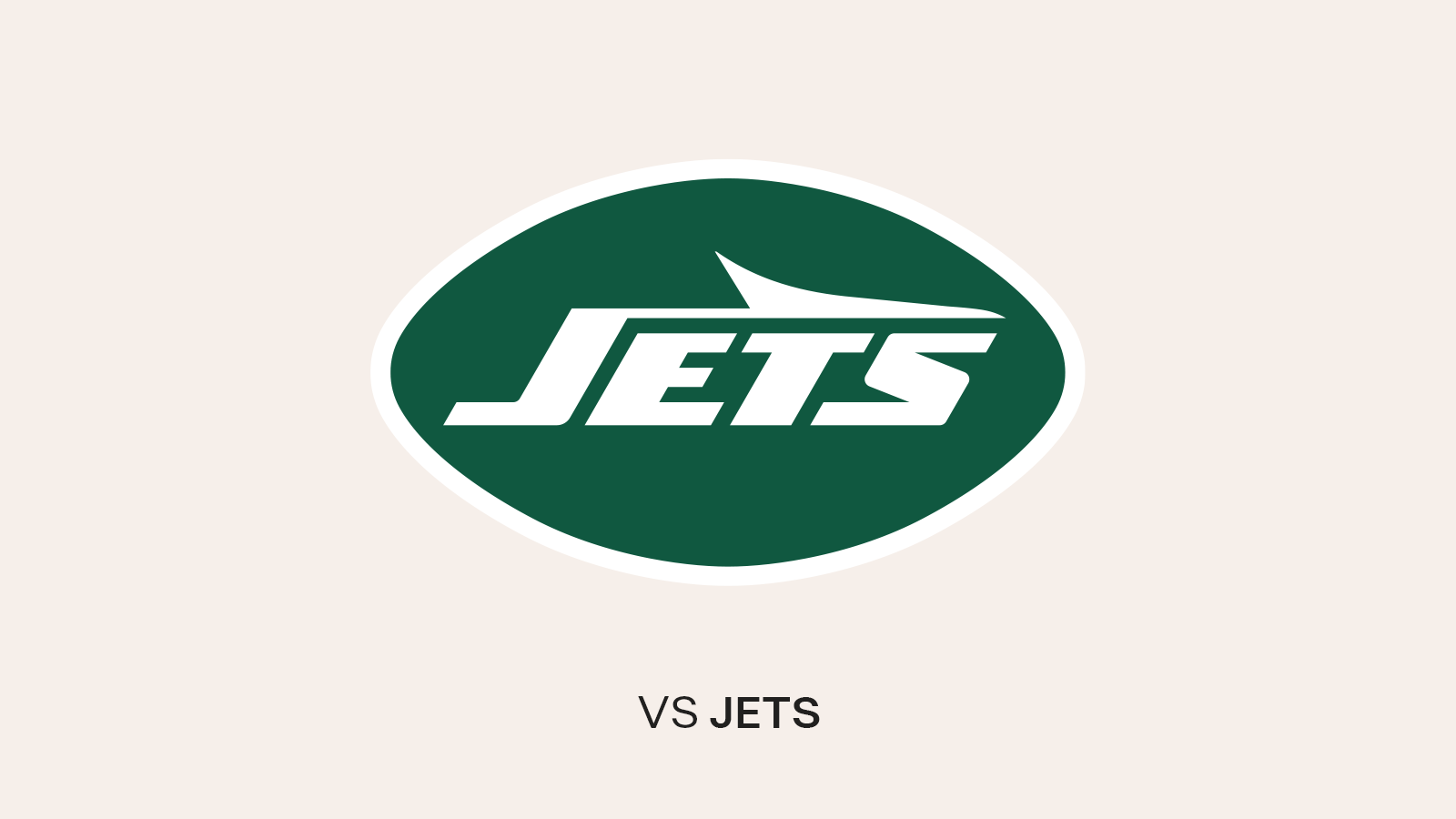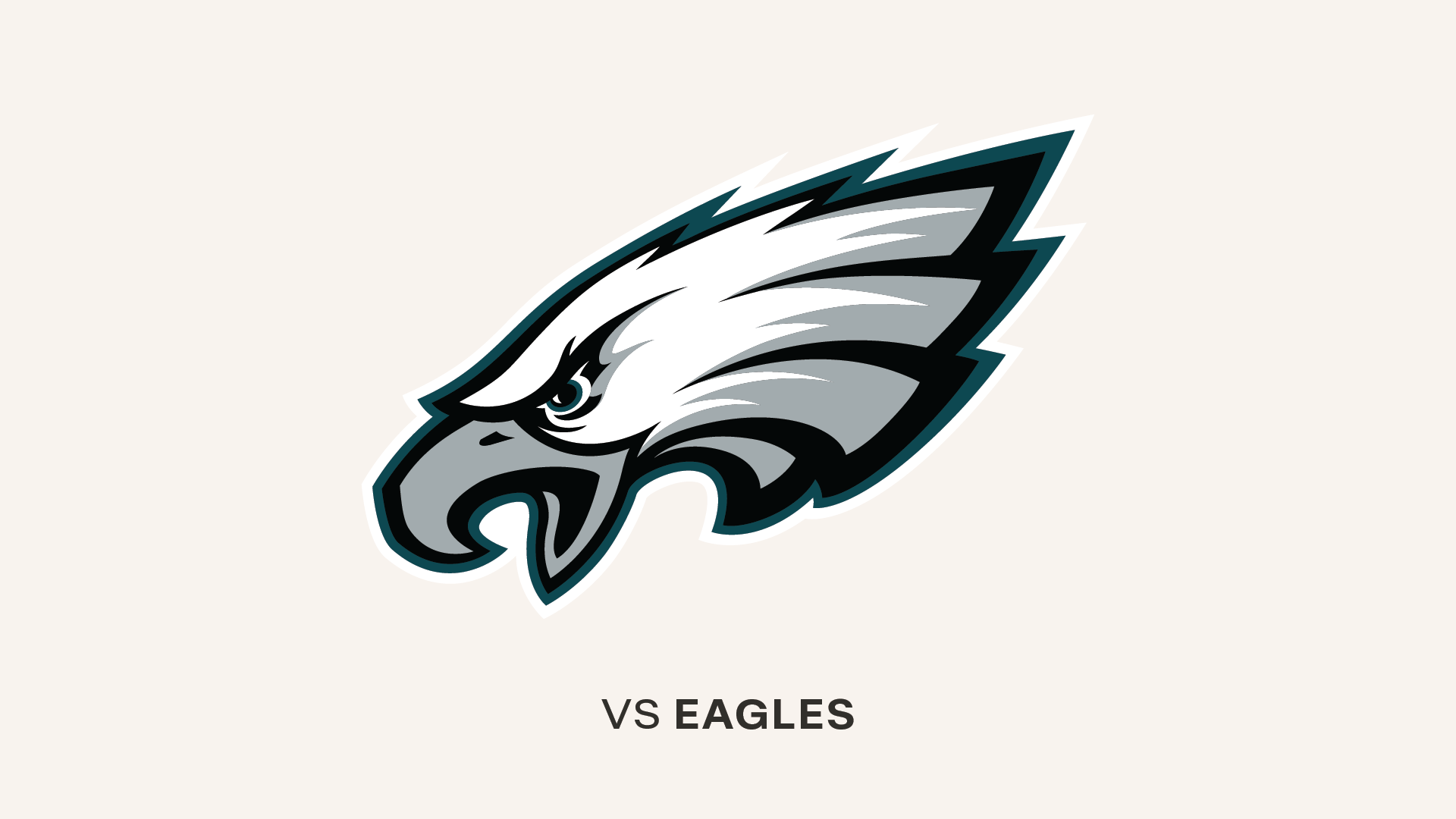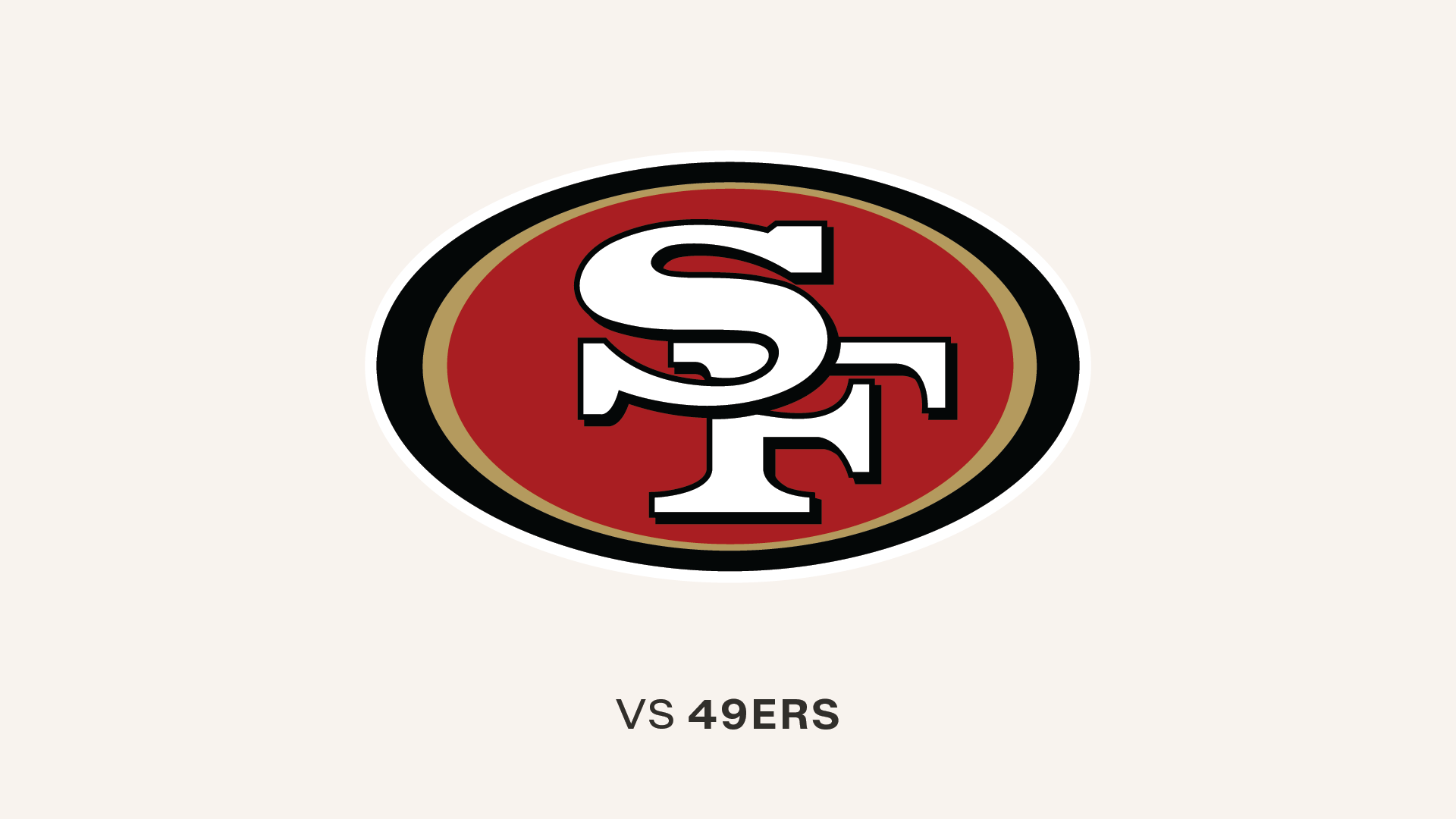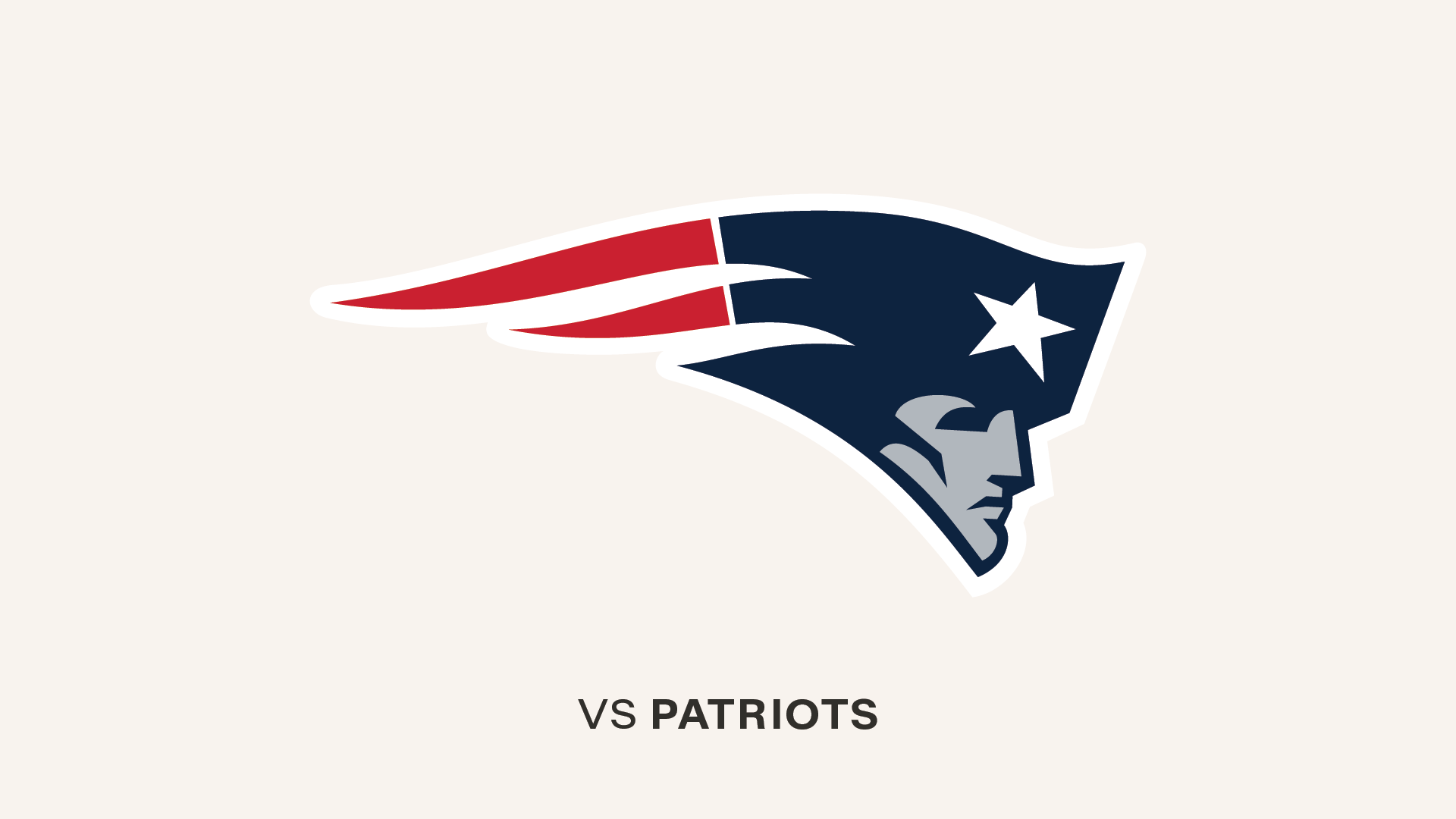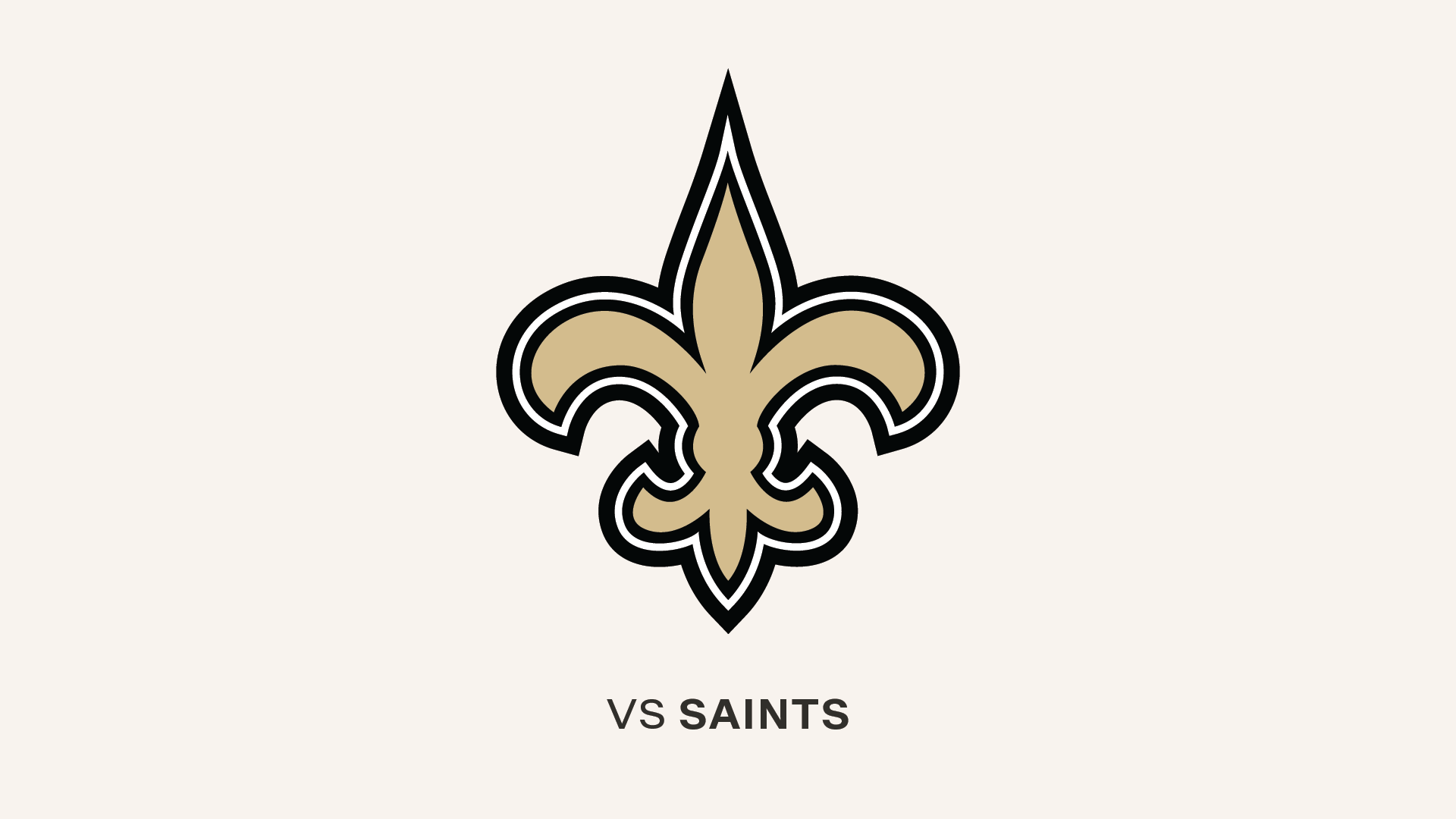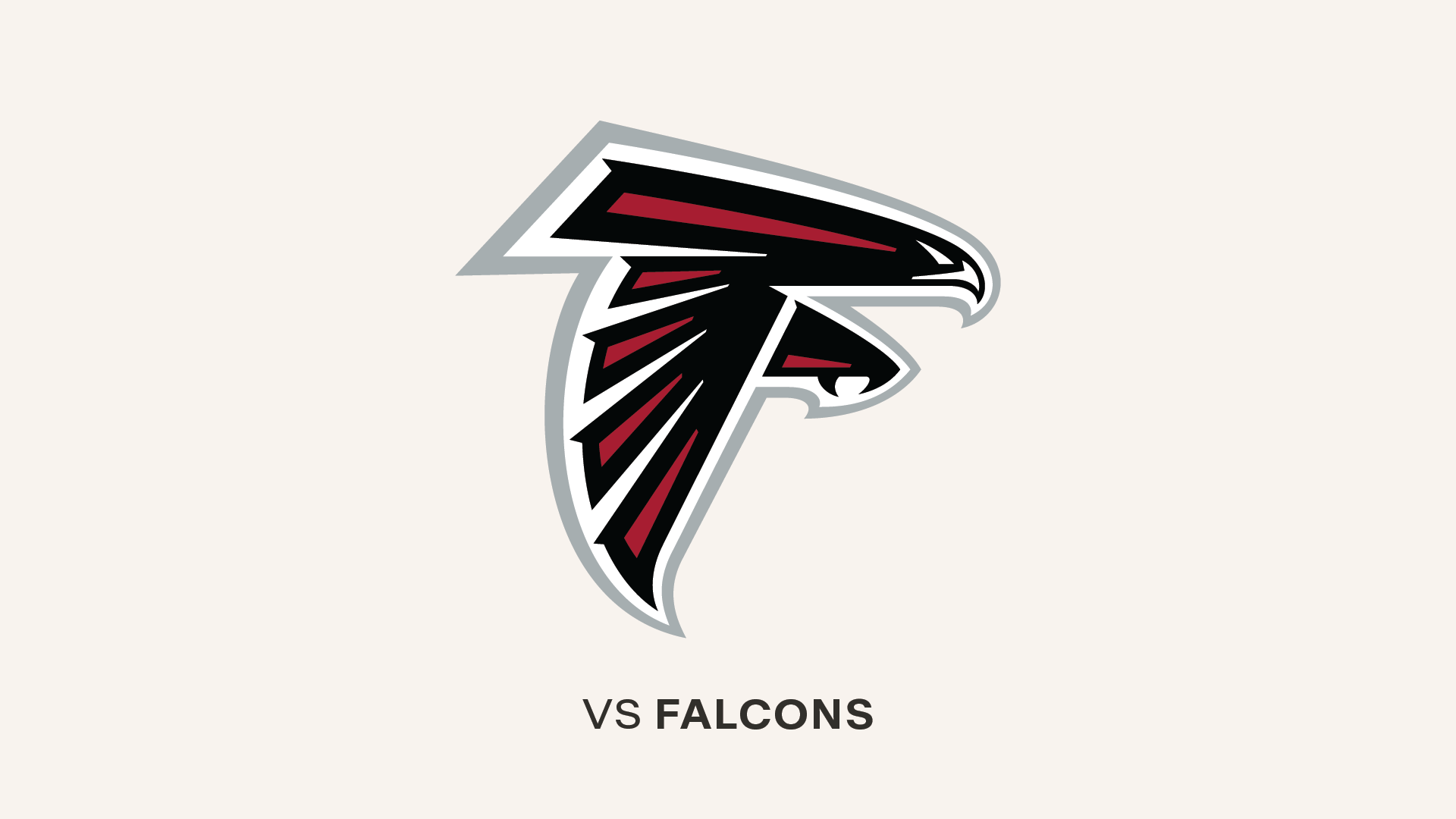By most accounts, the talent pool for the 2004 NFL Draft is very deep, a pleasing situation for all of the teams lined up to dive in.
Wouldn't it be comforting, for instance, to follow a best-available-player strategy in the first round knowing that your position of need will still be well-stocked in the second? Or, alternately, to feel confident in your ability to address two areas of significant need with instant-impact players?
Unfortunately for the Tampa Bay Buccaneers – barring some sort of trade – the no diving sign will be up in the second round this spring.
As the final bit of compensation for the 2002 acquisition of Head Coach Jon Gruden, which has already proven to be a good deal for the Buccaneers, the team's second round choice will belong to Oakland. That is the 48th pick overall. Last year, the 48th pick was spent by Buffalo on DE Chris Kelsay, who played in all 16 games for the Bills as a reserve.
However, there is no need to look at the situation pessimistically. In this case, deep means deep. The Bucs fully believe that when they do get back on the clock in the third round, they will still be in position to add an impact player.
"This is a deep draft," said Ruston Webster, Tampa Bay's director of college scouting, "and usually when it's this deep, there are good players throughout the third, and it even goes through the top half or at least the first five or six players in the fourth."
More optimism: The third round has been good to the Buccaneers through the years. Not every pick has hit, but the majority of Tampa Bay's third-rounders have been productive players at worst and outright stars at best. Would you feel confident in a secondary made up of John Lynch, Ronde Barber, Dwight Smith and Donnie Abraham, with Ricky Reynolds as the third cornerback? All third-round picks by the Buccaneers.
The Bucs always expect to get a solid contributor, at the least, in the third round.
"You do, and when it doesn't happen – and we've had that be the case before – it's disappointing," said Webster. "You'd like to get a good four years out of that guy, at least, and at the very worst have him contribute as a versatile backup and special teams player."
The Bucs have mostly succeeded in that pursuit. In fact, when one compares what the team has added in its entire third-round history with what it has found all-time in the second round, the third round doesn't give up too much ground.
In 28 years of drafting, the Bucs have made a total of 32 second-round picks and 28 third-round picks. Judging just by how long those 60 players have lasted with the Buccaneers, on average, there is not much difference.
| Buc Seasons | Gms. Played | Gms. Started | |
| Second-Round Picks | 4.4 | 59.0 | 40.3 |
| Third-Round Picks | 4.1 | 56.9 | 35.4 |
There are several players in each group who will likely still add to their numbers, such as third-rounder Martin Gramatica and second-rounder Brian Kelly. The most recently picked players – Dewayne White and Chris Simms – bring down the averages for their groups, but could be big-time contributors in the near future.
There are asterisks in both groups, of course. Martin Gramatica, for instance, has been a wonderful return on a third-round pick, but he will never officially start a game, even as he approaches 100 games played. RB Lars Tate, a second-round choice in 1988, had two productive seasons as a Buccaneer but saw his career prematurely ended by injuries.
In addition, the chart only measures longevity as a Buccaneer, not in the NFL as a whole. Third-round Bucs like Abraham, Frank Middleton and Jamie Duncan are still playing for other teams, as is second-rounder Jerry Wunsch. LB Winston Moss, a second-round Buc pick in 1987, played only four seasons in a Tampa Bay uniform but was in the NFL for seven more years with the Raiders and Seahawks.
Still, one can assume that the exceptions balance each other out and the overall impression remains the same: the chances for draft success in the third round have historically been about as good as in the second round.
To be sure, there is an increased chance to swing and miss in the third round. Not counting Simms, five of Tampa Bay's first 27 third-round selections lasted a season or less as a Buccaneer – T Steve Young and LB Steve Maughan (1976), CB Fred Acorn (1984), FB Robert Wilson (1991) and TE Harold Bishop (1994).
(Side note: After one season and six games with the Buccaneers, Bishop was traded to Cleveland for a second-round pick, which was subsequently used to select FB Mike Alstott, one of the most successful Bucs ever.)
Not counting White, last year's second-rounder, there has been only one second-round pick by the Bucs that lasted a season or less, that being G Brett Moritz in 1978. Only three other second-rounders have lasted two seasons or less – Tate, RB Don Smith (1987) and WR Danny Peebles (1988).
A good percentage of players in both of those rounds wound up as productive Buccaneers. Simply logging years and games played doesn't necessarily prove that point, of course – after all, somebody has to play – but there have been strong statistical achievements by the players in both groups.
The Bucs' all-time leading interceptor (Abraham) was a third-rounder, as was their all-time leading scorer (Gramatica) and all-time leader in receiving yards (WR Mark Carrier). Lynch has played more games than any other defensive player in team history and is third on the tackles chart. Barber set a single-season record with 10 interceptions in 2001.
The second-rounders can lay claim to the team's rushing yardage and receptions leader (RB James Wilder), as well as the second (Alstott), fourth (RB Reggie Cobb) and sixth (RB Errict Rhett) leading rushers in team history. Alstott holds the club's touchdown record. Overall, there are more long-time contributors in this group than in the second-round crew.
The point is not to determine which group is better, but simply to advance the notion that a deep draft, as this one is purported to be, can be just as much of a boon for the Bucs in the third round as it would have been in the second.
Here is a look at what the Bucs have done in the third round in the last 10 years:
| Year | Player | Seas. | GP | GS | Notes |
| 1994 | TE Harold Bishop | 1 | 6 | 0 | Traded to CLE for 2nd-rd. pick |
| 1996 | CB Donnie Abraham | 6 | 92 | 78 | All-time INT leader (31) |
| 1997 | G Frank Middleton | 4 | 63 | 50 | Starter at RG by 2nd season |
| CB Ronde Barber | 7 | 97 | 88 | 2001 Pro Bowler | |
| 1998 | LB Jamie Duncan | 4 | 59 | 36 | Assumed starting MLB spot from H.Nickerson |
| 1999 | K Martin Gramatica | 5 | 78 | 0 | Top kicker in team history |
| 2000 | LB Nate Webster | 4 | 63 | 6 | Only six starts but key reserve |
| 2001 | CB Dwight Smith | 3 | 47 | 18 | Started at 4 positions in 2003 |
| 2002 | Marquise Walker | 1 | 0 | 0 | Traded to AZ for RB Thomas Jones |
| 2003 | QB Chris Simms | 1 | 0 | 0 | Inactive 3rd QB as a rookie |





